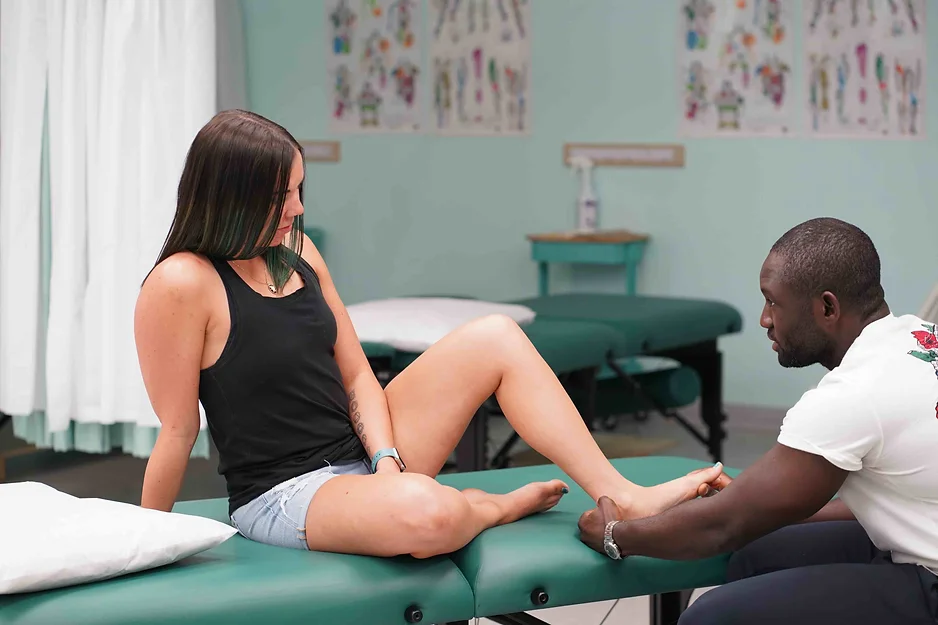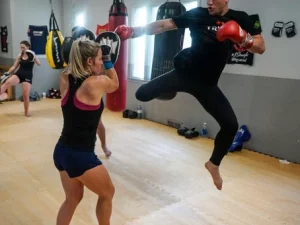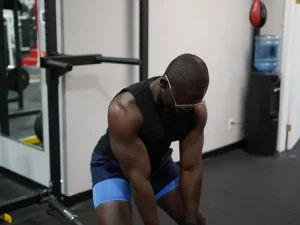Tendons were thought to be connective tissues whose only function were to connect muscles to bones. That is true, but they actually do a lot more than that.

Their function is subjective to their shape, composition and properties, allowing them to be a mechanical bridge transferring force produced by muscular contraction to bones (Bordoni & Varacallo, 2021) and withstand massive loads going up to 15 times the human body weight.
Generally speaking, the larger the tendon, the more load they can withstand and the longer they are, the more energy they can store.
Tendons all over our body are not the same. Our fingers and hands tendons are very long and thin which allow greater range of motion as well as skillful movements. They require more glide to perform those movements so tolerating high loads or storing lots of energy is not their priority. That being said, upper and lower appendicular tendons are structurally different. Understanding tendon loads as well as normal tendon structure and function are critical in order to assess, manage and rehabilitate them.
Contrary to what you have probably learned, tendons are relatively avascular and aneural, meaning that they have very little to no blood supply and nerve tissue. I am here referring to the center of the tendon not the peritendon/paratenon (which is innervated and supplied with blood vessels). The vascularity of tendons is influenced by exercises and muscle contraction meaning that the rehabilitation process of a tendinopathy must include movement-based therapy. Before getting into the rehab process of tendons, I will be covering in my next post the major things therapists/clinicians are looking for when assessing tendons injuries. I will be also touch base on the adaptation to mechanical stress as well as the tendon adaptation difference between men and women.
Works Cited
– Bordoni, B., & Varacallo, M. (2021, 02 07). Anatomy, Tendons. Retrieved from ncbi: https://www.ncbi.nlm.nih.gov/books/NBK513237/
– L-Y Woo, S.,, Góomez, M . A., , Woo Y, & Akeson, W. H. (1982) Mechanical properties of tendons and ligaments: II. The relationships of immobilization and exercise on tissue remodelling. Biorheology. 19(3). 397 408. PMID: 7104481 DOI: 10.3233/bir-1982-19302 ;19(3):397-408
– Rogers, K. (2016) Tendon Anatomy [Online image] Retrieved from https://www.britannica.com/science/tendon#/media/1/587171/204856



